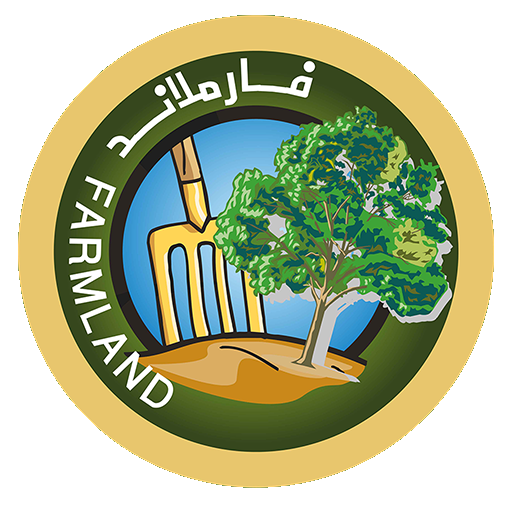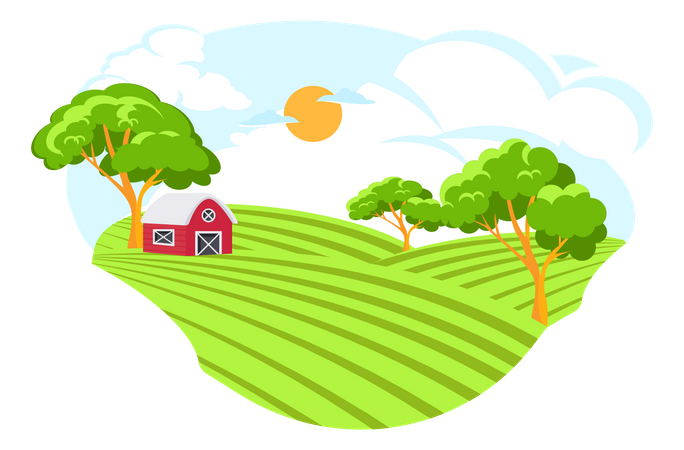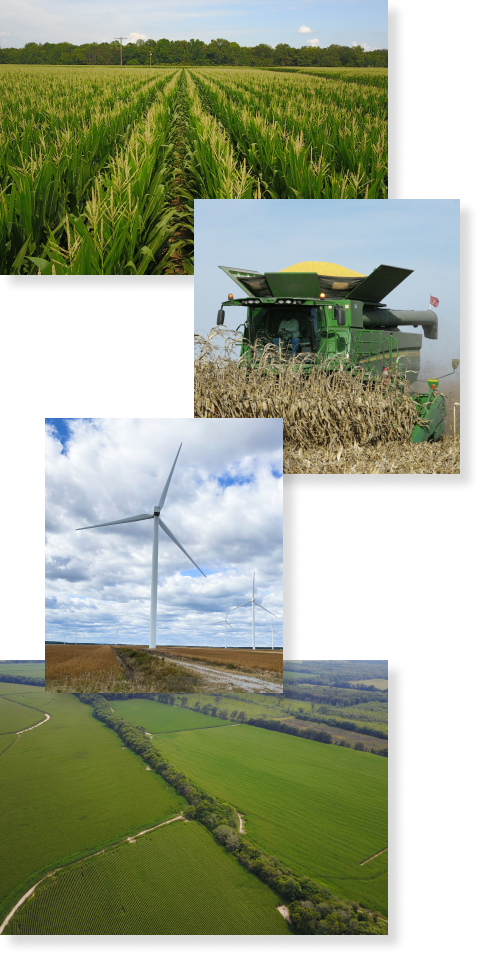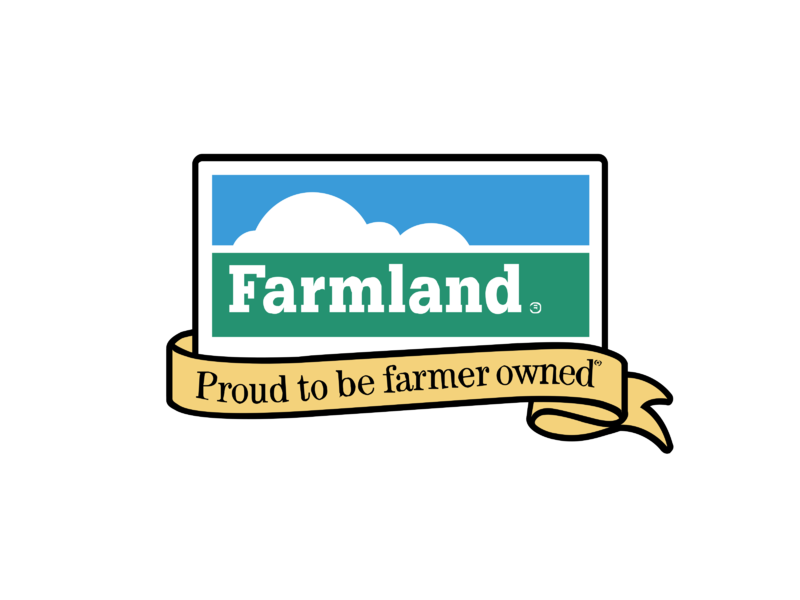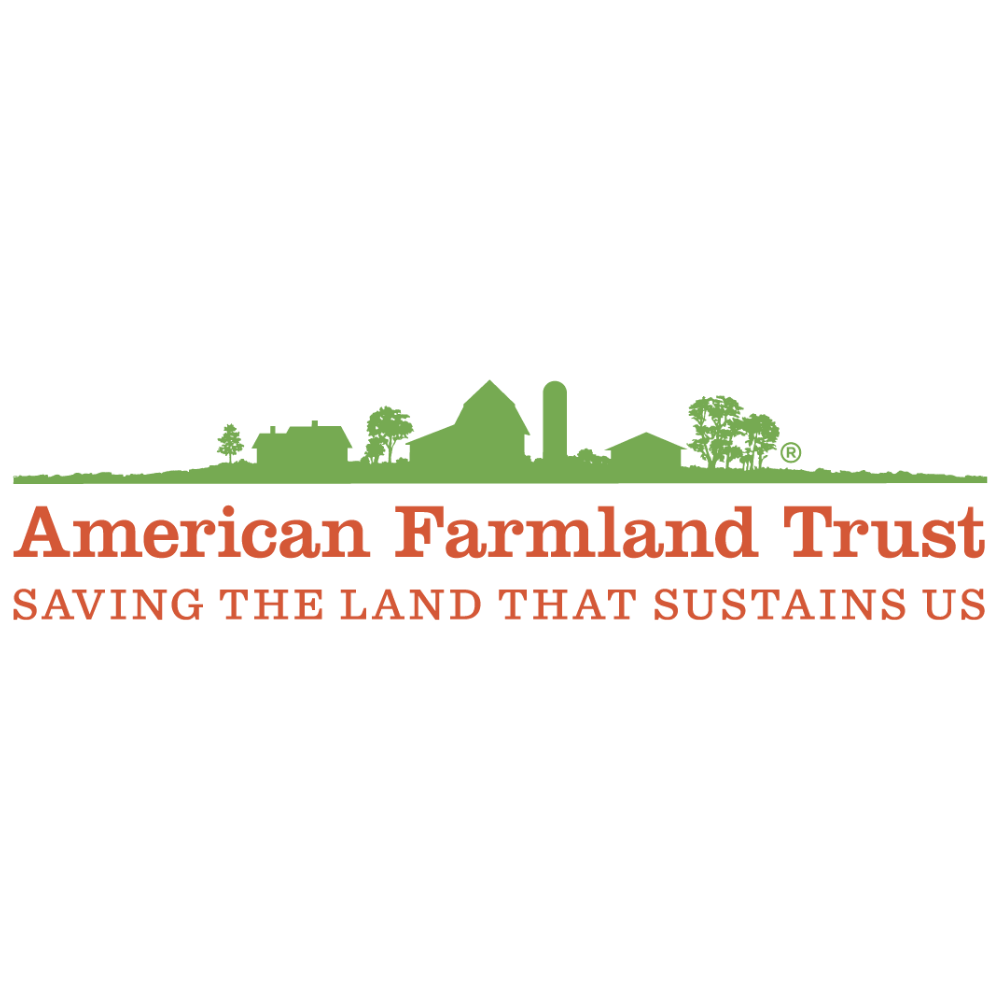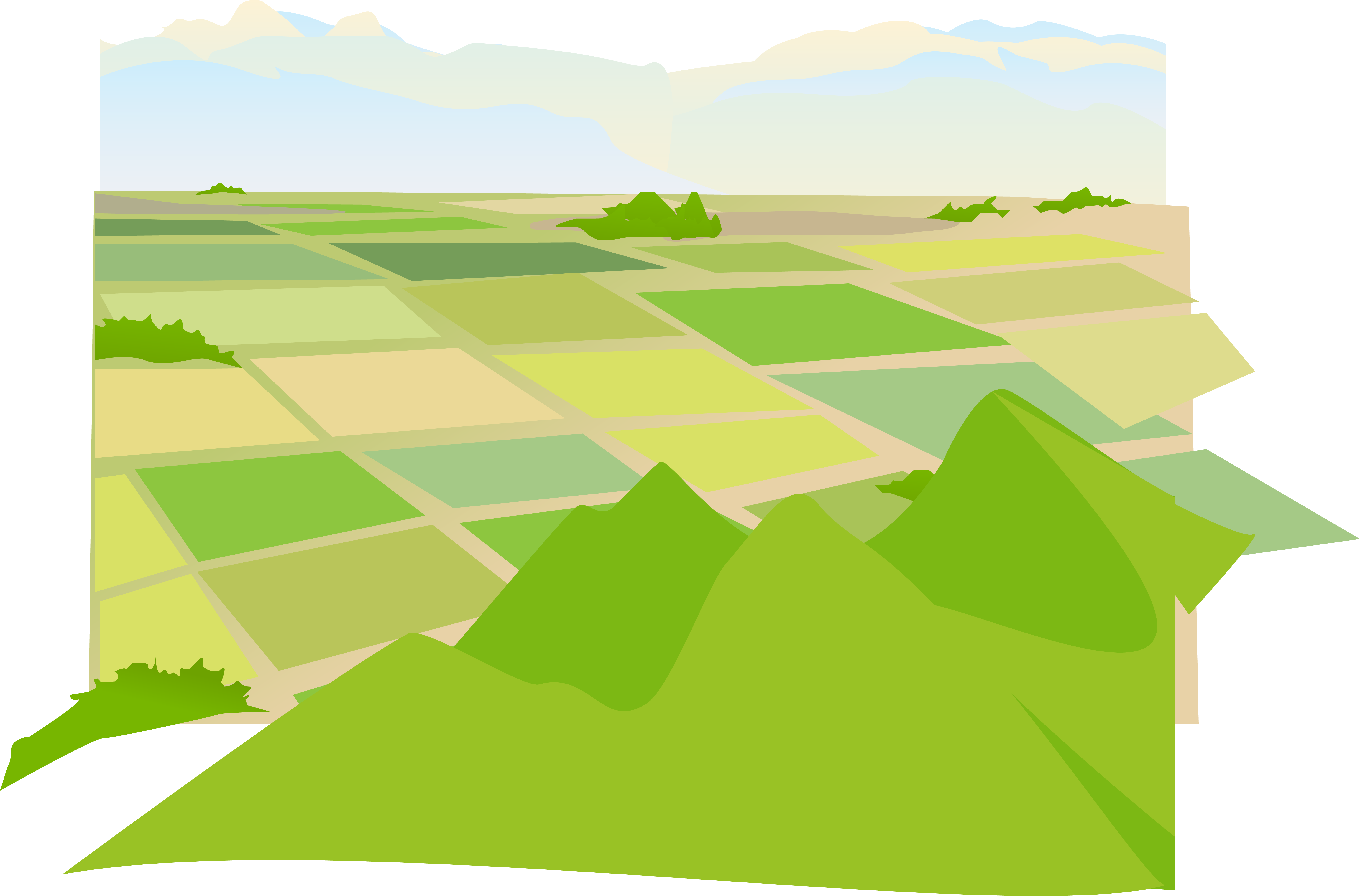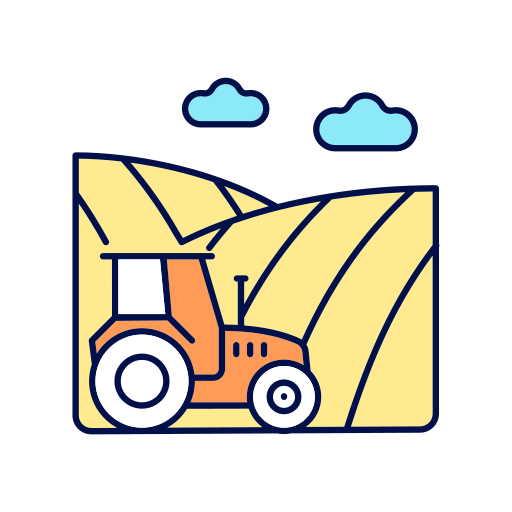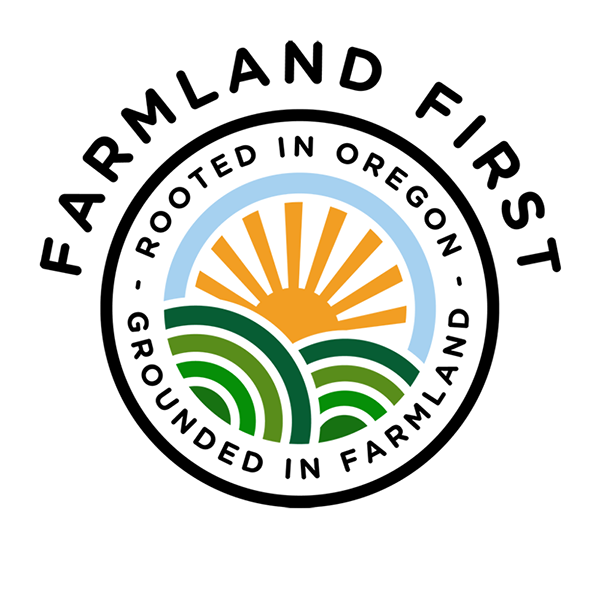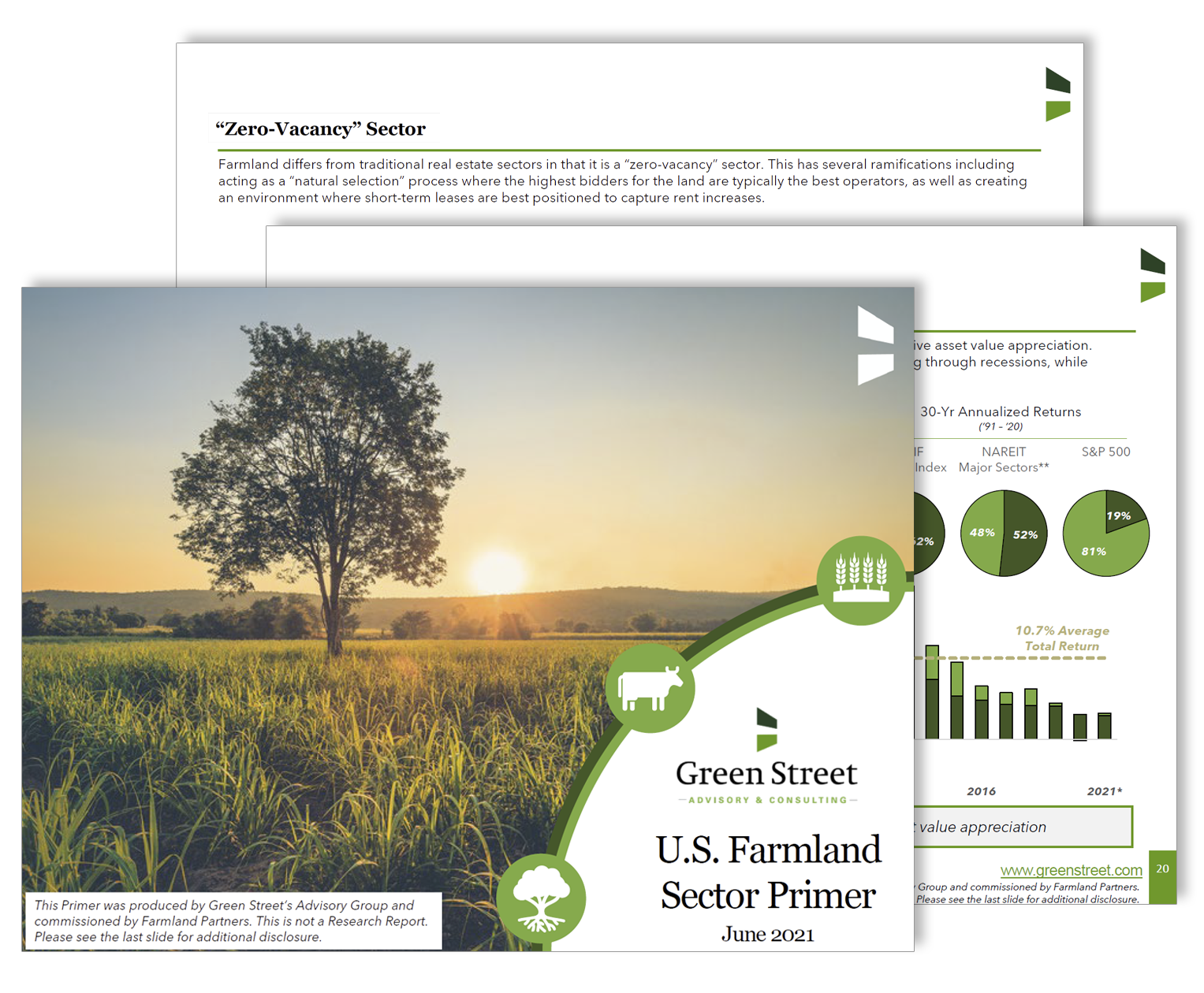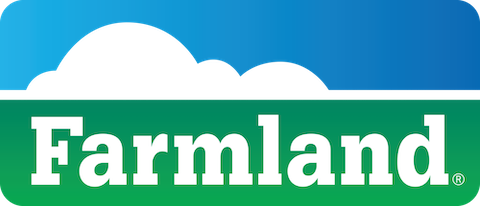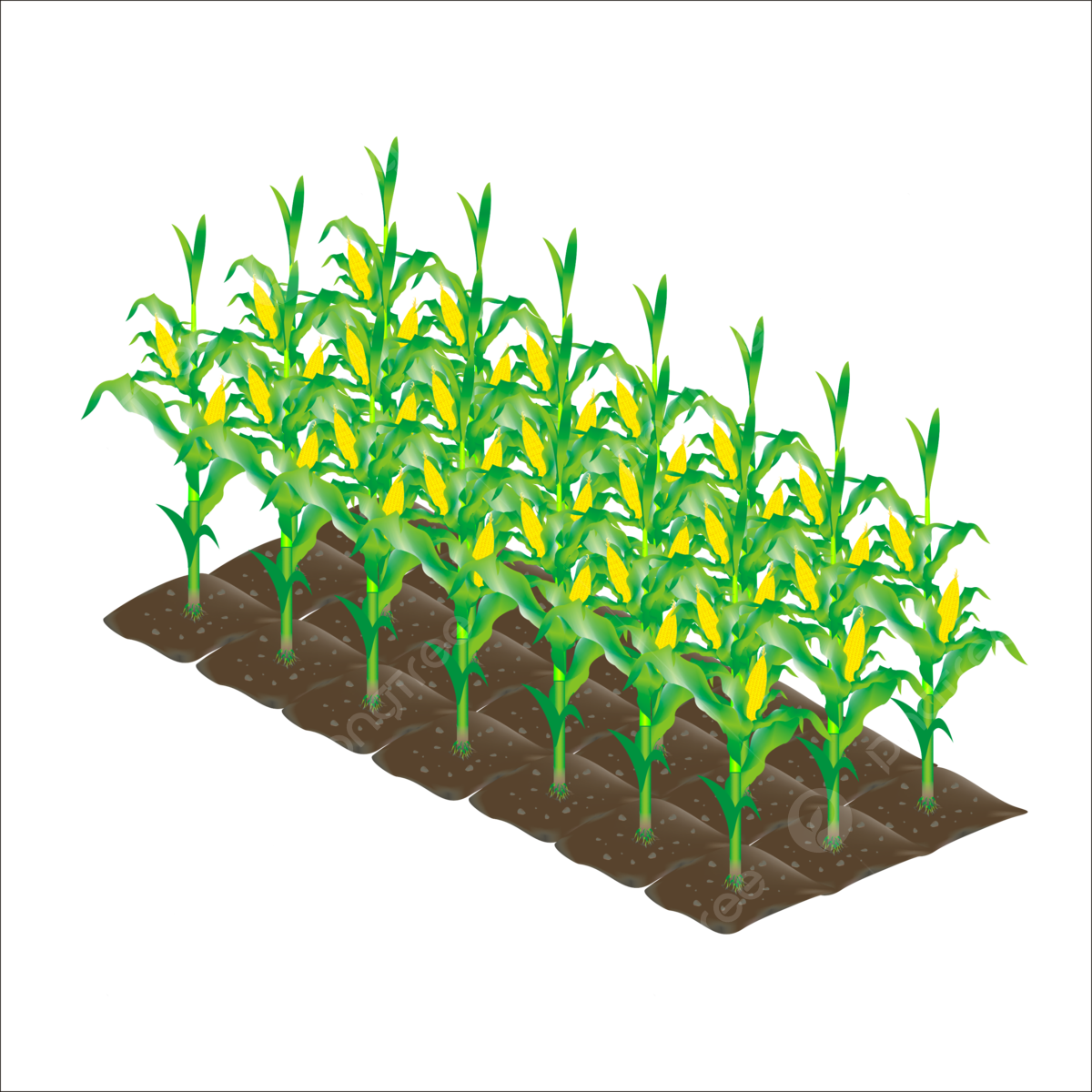Download top and best high-quality free Farmland PNG Transparent Images backgrounds available in various sizes. To view the full PNG size resolution click on any of the below image thumbnail.
License Info: Creative Commons 4.0 BY-NC
Farmland is a term used to describe land that is specifically used for agricultural purposes. It is the foundation of the agricultural industry and plays a vital role in feeding the world’s population. Farmland can be found in rural areas and has various uses such as crop production, livestock grazing, and dairy farming. The demand for farmland has grown over the years and it is now considered a valuable asset.
The Importance of Farmland
Farmland is essential for human survival. It directly contributes to food production and plays a vital role in maintaining a healthy ecosystem. It provides a habitat for wildlife and plant species, controls soil erosion, and helps to minimize greenhouse gas emissions from agriculture. Without farmland, people would face food shortages, and the world’s ecosystem would be severely impacted.
Farmland also has economic importance. It is a valuable asset for farmers, landowners, and investors. The demand for farmland has grown due to the increasing population and urbanization. Additionally, farmland provides job opportunities for people in the agricultural industry and contributes to local economies.
The Types of Farmland
Farmland can be classified into two categories: Arable Land and Non-Arable Land.
Arable Land
This type of farmland is suitable for crop production. It has favorable soil conditions, irrigation facilities, and climate for growing crops. Arable land is mainly used for growing cereals, cotton, fruits, vegetables, and oil crops. It is the most valuable type of farmland and has high demand in the market. Arable land requires proper management practices such as crop rotation, soil conservation, and pest control.
Non-Arable Land
This type of farmland is not suitable for crop production. It includes land used for grazing livestock, forestry, and wildlife conservation. Non-arable land contributes to maintaining a balanced ecosystem by providing habitats for animals and birds. It also protects soil from erosion and helps preserve biodiversity. Non-arable land requires proper management practices such as rotational grazing and forest management.
The Challenges of Farmland
Despite its importance, farmland faces many challenges, including:
Climate Change
Climate change has affected farmland by altering rainfall patterns, increasing temperatures, and leading to natural disasters such as floods and droughts. These changes have a direct impact on crop production and livestock health. Farmers must adopt climate-smart agriculture practices such as crop diversification, water conservation, and soil management.
Soil Degradation
Soil degradation is caused by poor farming practices such as overuse of chemical fertilizers, overgrazing, and deforestation. These practices lead to soil erosion, loss of nutrients, and reduced soil fertility. Soil degradation affects crop yields and reduces the quality of farmland. Farmers must adopt sustainable farming practices such as crop rotation, cover crops, and conservation tillage to prevent soil degradation.
Land Degradation
Land degradation is caused by deforestation, mining, and urbanization. These practices lead to the loss of soil cover, soil erosion, and habitat destruction. Land degradation reduces the productivity of farmland and threatens the ecosystem. Farmers must adopt land restoration techniques such as forest regeneration, reforestation, and soil conservation to combat land degradation.
The Future of Farmland
The future of farmland depends on sustainable and innovative farming practices. Farmers must adopt practices that promote soil health, conserve water, and reduce greenhouse gas emissions. These practices include conservation agriculture, precision farming, and organic farming. Additionally, technology can play a vital role in enhancing the productivity and sustainability of farmland. For example, drones can be used for crop monitoring, soil mapping, and pest management. The use of genetically modified crops can also increase crop yields and reduce the use of pesticides.
Conclusion
Farmland is the foundation of the agricultural industry and plays a vital role in maintaining a healthy ecosystem. It is essential for human survival and has economic importance. However, farmland faces many challenges such as climate change, soil degradation, and land degradation. The future of farmland depends on sustainable and innovative farming practices that promote soil health, conserve water, and reduce greenhouse gas emissions.
Download Farmland PNG images transparent gallery
- Farmland PNG Pic
Resolution: 534 × 308
Size: 52 KB
Image Format: .png
Download
- Farmland PNG Picture
Resolution: 512 × 512
Size: 13 KB
Image Format: .png
Download
- Farmland PNG
Resolution: 3601 × 1273
Size: 60 KB
Image Format: .png
Download
- Farmland Transparent
Resolution: 512 × 512
Size: 268 KB
Image Format: .png
Download
- Farmland
Resolution: 684 × 450
Size: 128 KB
Image Format: .png
Download
- Farmland Background PNG
Resolution: 480 × 955
Size: 719 KB
Image Format: .png
Download
- Farmland No Background
Resolution: 1045 × 189
Size: 22 KB
Image Format: .png
Download
- Farmland PNG Clipart
Resolution: 256 × 256
Size: 21 KB
Image Format: .png
Download
- Farmland PNG Cutout
Resolution: 800 × 600
Size: 50 KB
Image Format: .png
Download
- Farmland PNG File
Resolution: 1000 × 1000
Size: 58 KB
Image Format: .png
Download
- Farmland PNG Free Image
Resolution: 7332 × 4833
Size: 706 KB
Image Format: .png
Download
- Farmland PNG HD Image
Resolution: 512 × 512
Size: 44 KB
Image Format: .png
Download
- Farmland PNG Image File
Resolution: 1800 × 575
Size: 250 KB
Image Format: .png
Download
- Farmland PNG Image HD
Resolution: 512 × 512
Size: 20 KB
Image Format: .png
Download
- Farmland PNG Image
Resolution: 600 × 599
Size: 116 KB
Image Format: .png
Download
- Farmland PNG Images HD
Resolution: 1527 × 1260
Size: 1300 KB
Image Format: .png
Download
- Farmland PNG Images
Resolution: 2360 × 511
Size: 18 KB
Image Format: .png
Download
- Farmland PNG Photo
Resolution: 480 × 206
Size: 44 KB
Image Format: .png
Download
- Farmland PNG Photos
Resolution: 1200 × 1200
Size: 828 KB
Image Format: .png
Download



